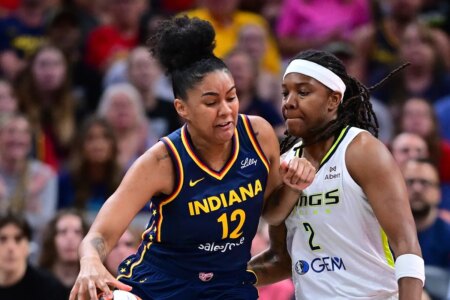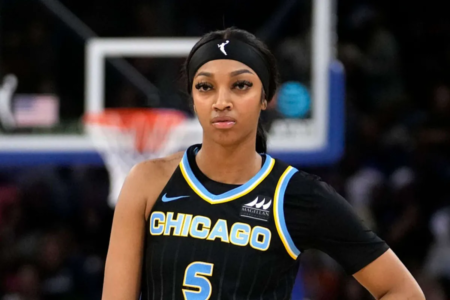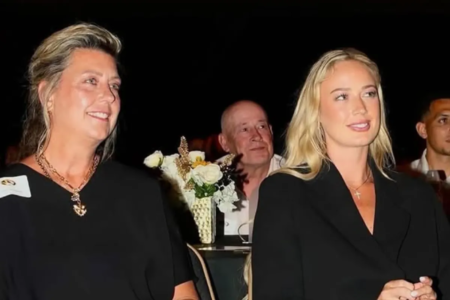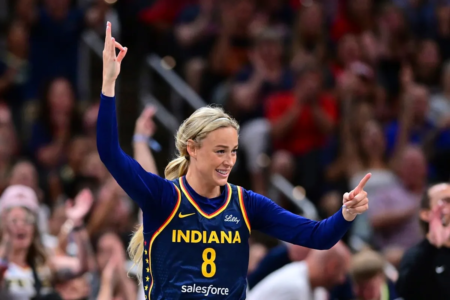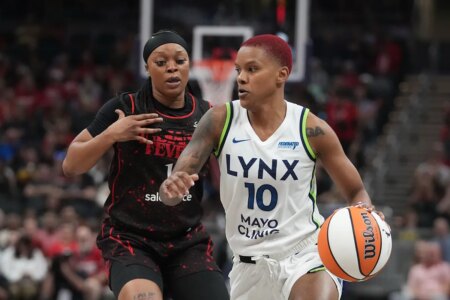With the WNBA’s current collective bargaining agreement set to expire on October 31, tensions between players and league executives are escalating. The WNBA Players Association (WNBPA) has already officially opted out of the current deal, which had only been in effect since last year. While there is still time to negotiate a new agreement, the possibility of a work stoppage ahead of the 2026 season feels more real than ever.
According to a report by The New York Post, players are actively preparing for a strike if the pace of negotiations doesn’t accelerate. This warning underscores the growing dissatisfaction with the league’s initial proposal, which was firmly rejected by the athletes.
Caitlin Clark emerges as a key figure
This Thursday in Indianapolis, a pivotal meeting will be held between league officials, executives, and union representatives. Among those expected to attend is Indiana Fever superstar Caitlin Clark. Though not part of the official negotiating committee, Clark confirmed her presence to “understand and participate as much as possible in this crucial moment for the league.”
Clark’s involvement-given her status as one of the WNBA’s most prominent figures-could prove pivotal in shaping the negotiations, as her influence extends far beyond the court.
The WNBA eyes expansion
Amid the growing labor dispute, the league continues to push forward with its expansion plans. The WNBA has confirmed it aims to grow to 18 teams by the end of the decade. Cleveland, Detroit, and Philadelphia are set to join in the coming years, while the Toronto Tempo and Portland Fire will debut in the 2026 season. Meanwhile, the Golden State Valkyries are set to make their first appearance in 2025.
This ambitious expansion reflects the rising interest in women’s basketball, but it also raises an unavoidable question: how can the league grow sustainably if its players are not provided with fair working conditions?
WNBA players have a clear set of demands
The players’ demands are straightforward: a significant salary increase, better healthcare and maternity benefits, and a fair revenue-sharing model. These issues have long been points of contention in the league, but they now feel more urgent than ever as the WNBA experiences unprecedented media attention and financial growth.
If no agreement is reached soon, a potential work stoppage could not only jeopardize the 2026 season, but also stall the momentum the league has built in recent years.
The WNBA’s immediate future hangs in the balance. While the league is growing in size and viewership, its players are raising their voices for fairer conditions. If negotiations don’t progress swiftly, the 2026 season may begin with empty arenas and the lights turned off.
Read the full article here







